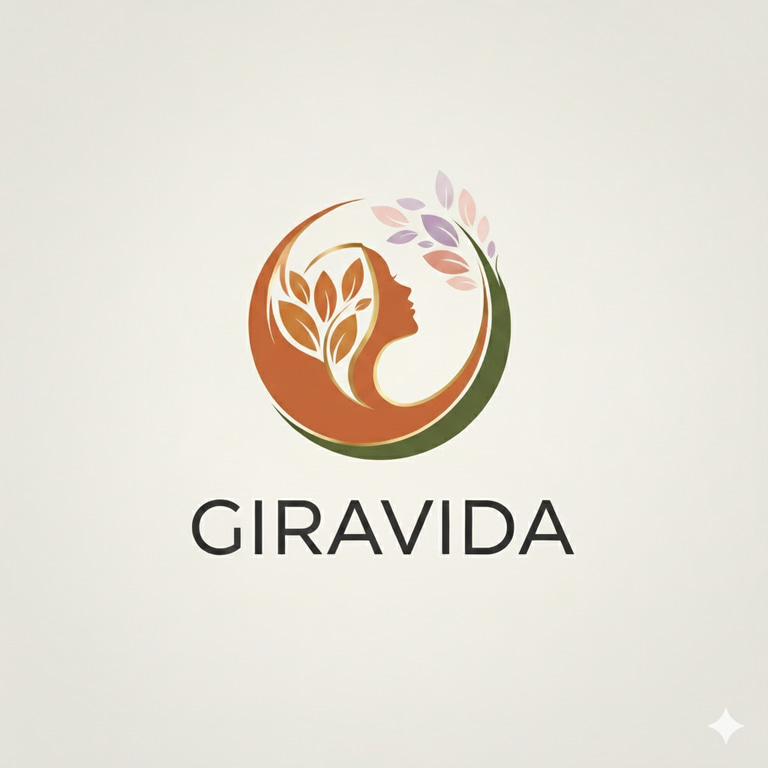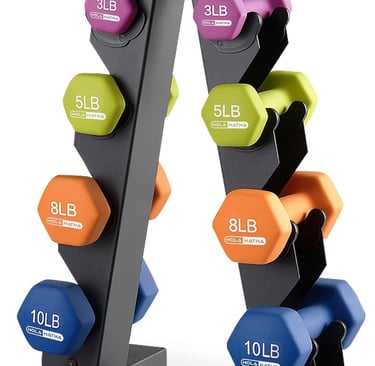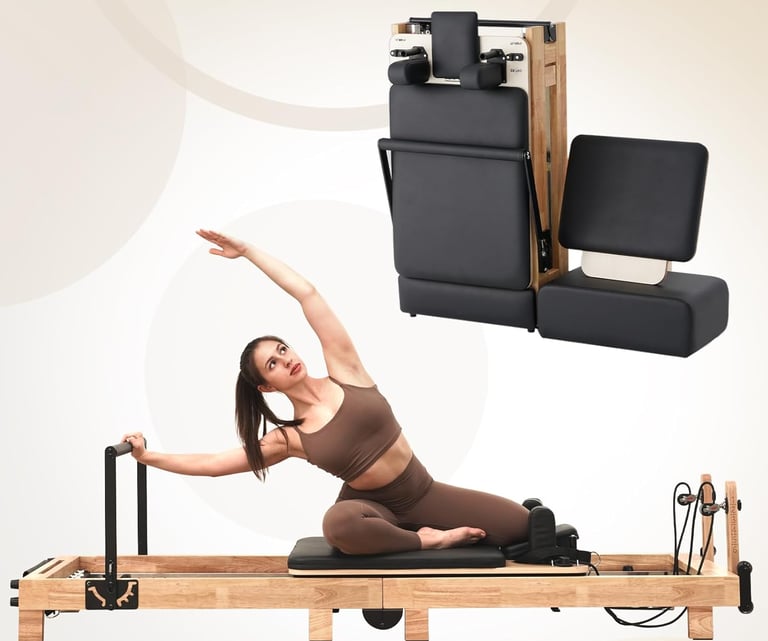Why Fitness Matters During Menopause
As women move through perimenopause and into menopause, the drop in estrogen triggers more than just hot flashes. One of the most important but often overlooked changes is the impact on muscle and bone. Research confirms this:
Exercise training has a positive effect on bone mineral density (BMD) in postmenopausal women, helping prevent osteoporosis. PMC+2PubMed+2
Resistance or strength training improves muscle mass, strength, and metabolic responses—even during the menopausal transition. PMC+1
🦴 Bone Health
When estrogen levels decline, bone resorption outpaces bone formation—meaning bones become less dense and more fragile. Impact and weight-bearing exercises stimulate bone growth by putting controlled stress on skeletal structures. For example, walking, tennis or jumping drills showed improvements in hip and spine BMD in post-menopausal women. uclahealth.org+1
💪 Muscle Health
Muscle mass naturally begins declining after age 30, and that loss accelerates around menopause. Lower muscle mass not only weakens metabolism but reduces bone protection and increases risk of falls. Higher-volume resistance training (greater than the standard guidelines) may be required for post-menopausal women to build muscle effectively. Feisty


Practical Fitness Strategies for Midlife Women
1. Strength training (2-3 times/week)
Incorporate resistance exercises targeting major muscle groups. Use a combination of free weights, machines or resistance bands—aim for loads that challenge you (50-85% of one-rep max) per clinical guidelines. PMC
2. Weight-bearing/impact activity
Activities like brisk walking, jogging, tennis, or dance challenge bones and improve density. Even moderate impact, done consistently, has shown benefit. PubMed+1
3. Balanced intake of key nutrients
Proper nutrition supports both muscle and bone health. Prioritize protein (1.0-1.2 g/kg/day), calcium, vitamin D, and omega-3 fats to support recovery and bone formation.
4. Movement variety & consistency
Combine strength training, impact/weight-bearing drills, flexibility work and aerobic movement. Consistent activity is more important than sporadic high effort.
5. Talk to your doctor about your bone & muscle strategy
Ask for a baseline bone density scan (DXA), review your muscle mass or strength assessments, and discuss safely intensifying your fitness plan with your provider. Hormone therapy and exercise combined may confer better bone outcomes. PMC
Recommended Resources
The International Osteoporosis Foundation — Age-based exercise guidance for bone health. International Osteoporosis Foundation
Royal Osteoporosis Society — Overview of exercise types that improve bone strength (weight-bearing + resistance). theros.org.uk
Princeton Medicine Blog — “The Science Behind Strength Training for Postmenopausal Women” outlines why muscle matters for longevity. princetonmedicine.com
📝 Final Takeaway
Menopause does bring changes—but fitness is one of the most powerful tools you have. Through consistent strength training, weight-bearing movement, and smart nutrition, you can protect your bone density, preserve muscle, support your metabolism and maintain vitality. Use your movement as medicine.
Disclosure: This content is for educational purposes only and not medical advice—please consult your healthcare provider before making major changes to your fitness or hormone strategy.
Lets talk about sleep
The Importance of Sleep During Menopause
Sleep-disturbances are among the most common and under-appreciated symptoms of the menopausal transition. Studies estimate that more than 50% of post-menopausal women report impaired sleep quality, frequent awakenings, or insomnia. PMC+2PMC+2
What changes and why
Hormonal fluctuations matter: Declining estrogen and progesterone disrupt thermoregulation, circadian rhythms, and the brain’s sleep-control systems. Lippincott Journals
Vasomotor symptoms like hot flashes/night sweats frequently interrupt sleep, causing wakeafter‐sleep‐onset (WASO) and reducing deep (slow-wave) sleep. Lippincott Journals
Sleep disorders increase: Women in late menopause are more likely to develop obstructive sleep apnea (OSA) or restless legs syndrome. Johns Hopkins Medicine
Poor sleep isn’t just inconvenient—it’s linked with worsening mood, impaired cognitive function, metabolic changes, and even increased cardiovascular risk. www.heart.org
Why it matters
Good quality sleep supports hormonal balance, cognitive clarity, metabolic health, mood stability, and physical recovery. Interruptions in sleep can exacerbate weight gain, insulin resistance, bone loss and mood disturbances—issues already heightened during menopause. swanstudy.org
What you can do
Prioritize 7-9 hours of quality sleep per night; many women in menopause may actually need slightly more given hormonal disruptions. Sleep Foundation
Improve sleep hygiene: cool bedroom, limit blue light, avoid heavy meals or alcohol close to bed, and keep a consistent routine. Mayo Clinic News Network
Address underlying issues: talk with your doctor about hot flashes, night sweats, sleep apnea and bladder issues (nocturia) that may interrupt sleep.
Incorporate movement: Regular exercise, especially strength training and weight-bearing activity, has been shown to improve sleep quality in menopausal women. PMC
Seek professional help: If you wake frequently, feel unrefreshed, or have daytime fatigue despite 7+ hours in bed, ask your healthcare provider about hormone therapy, CBT-I (cognitive behavioral therapy for insomnia), and other tailored treatments.
Disclosure: This article is for educational purposes only and does not constitute medical advice. Please consult your healthcare provider for personalized guidance.












